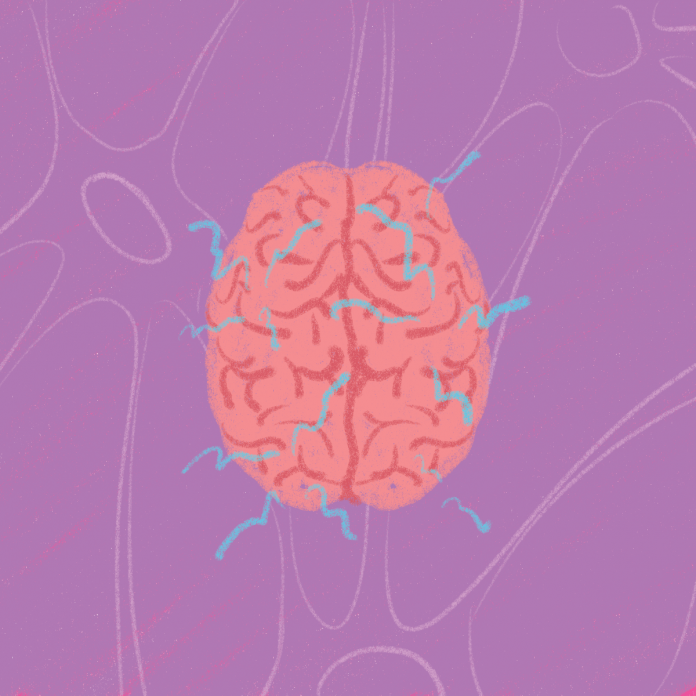Cutting-edge technology allows patients’ seizure activity to be carefully analyzed, leading to more effective interventions
By KATIE HELLMAN — science@theaggie.org
Epilepsy is one of the most common neurological diseases, affecting around one out of every 100 people globally. A diagnosis of epilepsy can be made if someone has two or more seizures. Typically, an electroencephalogram (EEG) is used to check for abnormal electrical activity in the brain and confirm a diagnosis.
A study discussing various epilepsy treatments, published in PubMed, explains the underlying brain mechanisms that cause seizure activity.
“Different neurotransmitters play intricate functions to maintain the normal physiology of various neurons,” the study reads. “If there is any dysregulation of neurotransmission due to aberrant transmitter levels or their receptor biology, it can result in seizures.”
The majority of people with this condition can manage it with medication, but one-third of patients may need to have surgery or undergo other treatments.
UC Davis Health is considered to be a level 4 comprehensive epilepsy program, meeting the requirements for having intensive diagnostic and treatment technologies like laser ablation, robot-assisted surgery and neuromodulation.
“The program is recognized as providing more complex forms of intensive neurodiagnostic monitoring, as well as more extensive medical neuropsychological and psychosocial treatment,” UC Davis Health’s website reads. “Level 4 centers also offer a complete evaluation for epilepsy surgery and a broad range of surgical procedures for epilepsy. Those include minimally invasive laser surgery and neurostimulation devices such as responsive neurostimulation, deep brain stimulation and vagal nerve stimulation.”
Jack Lin, professor of neurology and director of the UC Davis Comprehensive Epilepsy Program, explained the first phase of the evaluation process at the unit.
“In order to figure out what the next step is that is appropriate for these patients, we need to figure out where the seizures are coming from,” Lin said. “That’s where the epilepsy monitoring unit comes in — we bring [the patients] in and then slowly take them off of their seizure medications. We let them have their usual seizures while we are recording the EEG as well as a video […] It’s sort of a GPS system.”
Julia Sharma, associate clinical professor of neurological surgery and pediatric neurosurgeon, explained how the seizures can then be treated.
“If the [brain] area can be safely removed, then the patient goes on to surgery where the area is resected via craniotomy or ablated via minimally invasive laser interstitial therapy (LITT),” Sharma said via email. “If the region cannot be safely resected, then the patient may be a candidate for neuromodulation where electrodes are permanently implanted into the brain and attached to a device that either delivers regular electrical stimulation (deep brain stimulation – DBS) or delivers electrical stimulation in response to seizure detection (responsive neurostimulation – RNS) to decrease seizure frequency or stop seizures completely.”
It’s important that epilepsy patients have access to the medical care they need in order to keep their symptoms under control.
“[We use] the latest technology and 24/7 monitoring,” Lin said. “There’s a huge unmet need in Northern California right now, especially in the Sacramento area. Improving healthcare access and disparity is huge.”
Written by: Katie Hellman — science@theaggie.org





